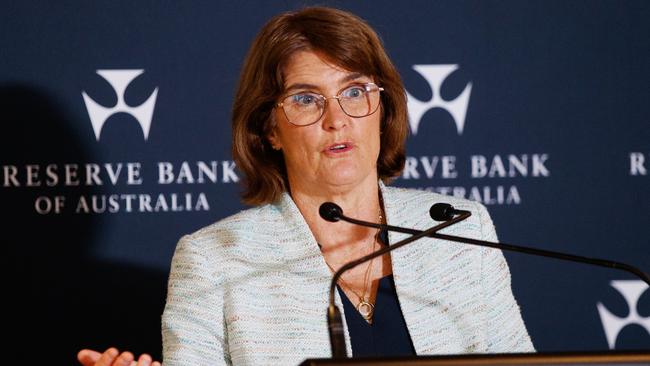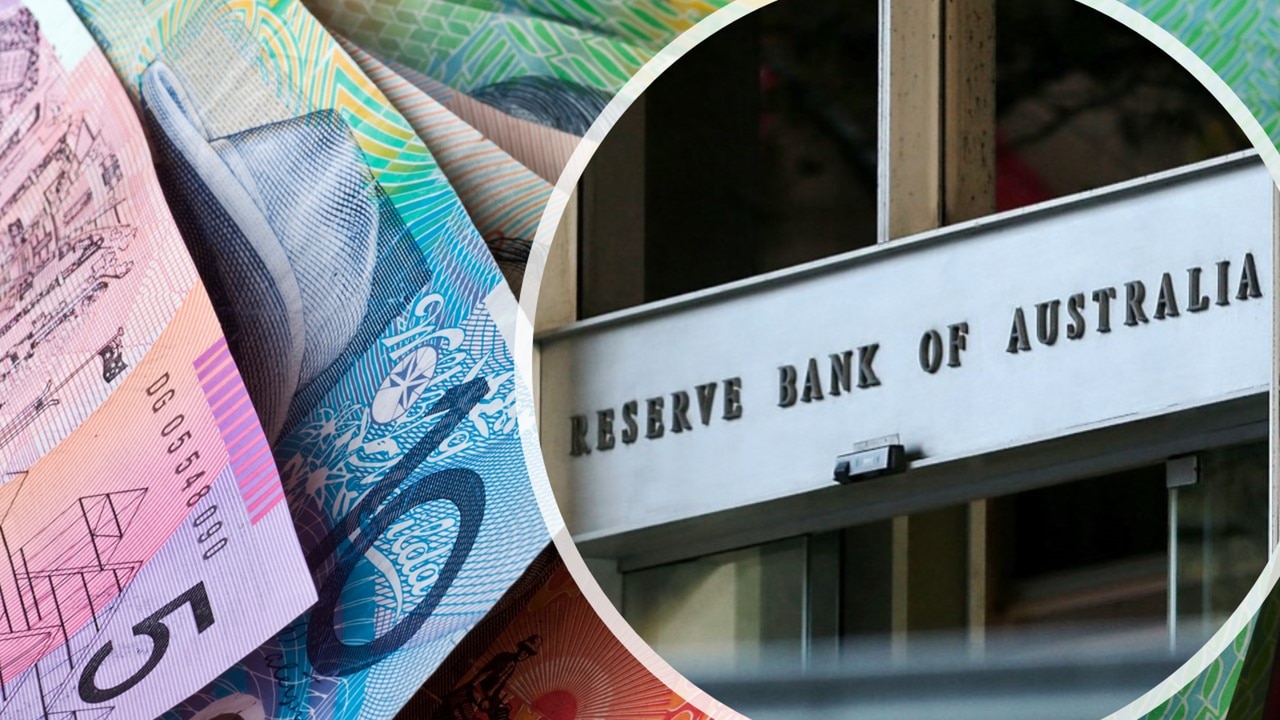
The equation could not be clearer: spend too much in an election campaign and the consequences will be persistently high inflation and ongoing financial pain for borrowers.
The RBA governor says Jim Chalmers knows the score, but can any of us be sure that Anthony Albanese and his political inner circle won’t supercharge Labor’s electoral pitch into the fiscal red zone? The early signs aren’t encouraging.
After the board held the cash rate steady on Tuesday, Bullock made it clear that even though core inflation had eased, by half from its peak, it was still too high.
Not only that, compounding price rises of the past few years had left price levels for many services out of reach for working people.
But if the economy is so weak, and going sideways, how is it possible that inflationary threats abound?
Explaining this to the public won’t be easy for Bullock and her senior executives.
It will require more examples about the rigidities and blockages on the supply side, like the weakness in housing construction keeping prices high even though new demand is subdued.
Making these points stick amid the rhetorical turmoil of election campaigns, and intensive public pressure to cut rates, will test the central bank’s mettle and communications skills.
The RBA’s latest staff forecasts suggest “that it will be some time yet before inflation is sustainably in the target range and approaching” the 2.5 per cent midpoint of its target band.
“This reinforces the need to remain vigilant to upside risks to inflation and the board is not ruling anything in or out,” the board’s decision statement said.
“Policy will need to be sufficiently restrictive until the board is confident that inflation is moving sustainably towards the target range.”
Is that smack in the middle of the band, or will clear signs that the target is coming into view be enough to see the RBA cut rates?
In her media conference, Bullock said the evidence needed to stack up and we’re not there yet.

Labor’s crackdown on foreign students may be a political winner in the heartland but it means a smaller economy – fewer foreigners spending and working while they are studying – without any reduction in inflationary pressures.
You’d think an easing in spending would help to bring inflation under control, given that demand has been running ahead of the economy’s supply capacity.
“The tightening in student visa policy is expected to result in growth in net overseas migration slowing materially from its current strong pace,” the RBA’s latest quarterly Statement on Monetary Policy said.
“This slowing in population growth is expected to weigh on GDP growth from mid-2025.
“However, it will also reduce the economy’s supply capacity, such that there will not be a material effect on the degree of spare capacity in the economy and therefore inflation.”
But if public spending rears up in coming months, the central bank will recalibrate its forecasts for the economy and inflation and act accordingly.
It could be rates up again.
The RBA misread the strength of public demand because governments, federal and state, kept adding more spending – on energy bill relief, disability services, aged care and capital works – and it has now fessed up to its missed call.
Next year the central bank expects public demand to be zooming at an annual 4 per cent over the back half, which is brisk to say the least, offsetting some of the plunge in export earnings due to the squeeze on foreign student entry.
We’re in the final quarter of the federal parliamentary session and if the first-term Albanese government is to survive, it must materially improve the state of household finances.
Pumping more dollars into a supply-constrained economy, as Queensland Labor did to its discredit, will raise the risk of running head first into an unyielding RBA battalion that is not convinced the war on inflation is over.





The irresistible force of governments wanting to ease voters’ living costs is set to hit the immovable object of Michele Bullock and the Reserve Bank board.